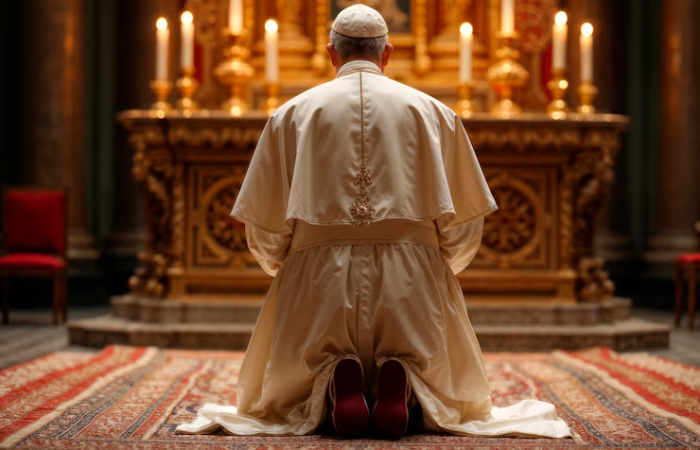The origins of the papacy
The Catholic Church regards Saint Peter as the inaugural pope, establishing the foundation for the papal office that continues to this day. This belief is rooted in scriptural accounts and early Christian tradition, which highlight Peter’s unique role among the apostles.
Peter’s role among the apostles
In the New Testament, Peter emerges as a prominent figure among Jesus’ disciples. Notably, in the Gospel of Matthew, Jesus addresses him directly: «You are Peter, and on this rock I will build my church» (Matthew 16:18). This passage has been interpreted by the Catholic Church as Jesus designating Peter as the leader of his followers, laying the groundwork for the papacy.
Establishing the church in Rome
Historical accounts suggest that Peter traveled to Rome, where he played a pivotal role in establishing the early Christian community. His leadership in Rome is seen as the beginning of the apostolic succession, with Peter serving as the first bishop of Rome. This position became synonymous with the role of the pope, the spiritual leader of the global Catholic Church.
Martyrdom and legacy
Tradition holds that Peter met his martyrdom in Rome during the reign of Emperor Nero. He was crucified, reportedly upside down at his own request, feeling unworthy to die in the same manner as Jesus. His burial site is believed to be beneath St. Peter’s Basilica in Vatican City, making it a significant pilgrimage destination for the faithful.
Succession and the growth of the papacy
Following Peter’s death, the leadership of the Roman Christian community continued through a line of successors. The early bishops of Rome, such as Linus, Anacletus, and Clement I, are recognized in historical records and ecclesiastical writings. Over time, the authority of the bishop of Rome expanded, solidifying the role of the pope as the supreme leader of the Catholic Church.
The enduring significance of Peter’s primacy
The concept of Peter’s primacy remains a cornerstone of Catholic doctrine. It underscores the belief in an unbroken line of spiritual authority from Peter to the current pope. This continuity reinforces the unity and consistency of the Church’s teachings and its global mission.
Conclusion
Saint Peter’s designation as the first pope is more than a historical assertion; it embodies the continuity and resilience of the Catholic Church. His life, teachings, and martyrdom have left an indelible mark on Christianity, shaping the spiritual leadership that guides millions of faithful around the world today.
